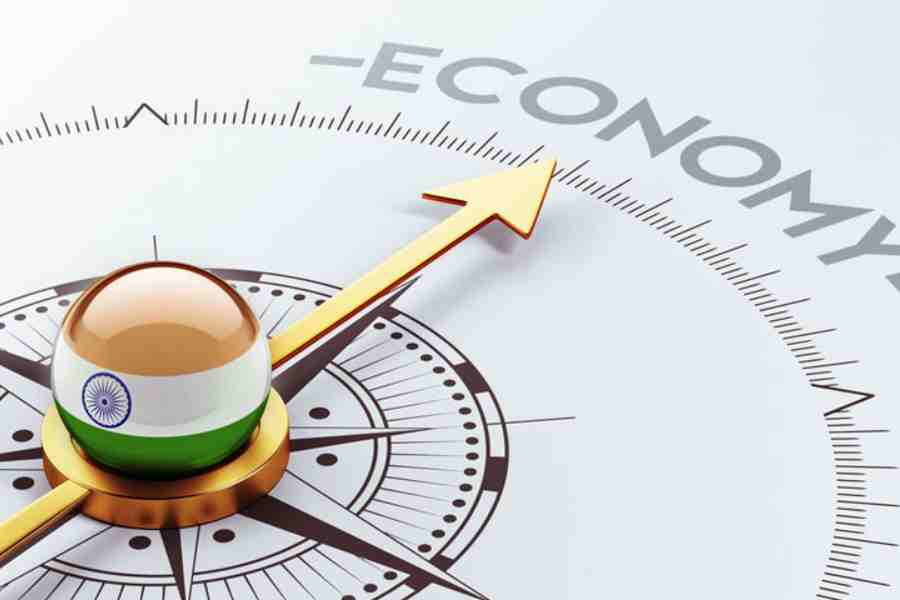According to the data released by the ministry of statistics, the per head income of West Bengal in 2022-23 was Rs 1,41,373. The per capita incomes of Telangana, Karnataka and Haryana were more than double than that of Bengal. The average income was 93% higher in Tamil Nadu; Kerala’s average was 83% higher (2021-22); Maharashtra’s was 71% higher; Andhra Pradesh’s 55% higher; Punjab’s 23% higher; Rajasthan’s 10% higher; and Odisha’s 6.6% higher. Smaller states like Sikkim, Goa, Uttarakhand, Himachal Pradesh, Arunachal Pradesh, Mizoram, Nagaland and Tripura had an average income exceeding that of Bengal in 2021-22. The per capita income of Uttar Pradesh was 56% of Bengal and that in Bihar 40%.
The data are indicative of regional imbalances in India’s economic development. Prior to liberalisation, the Centre tried to restrict regional imbalances in economic growth through the process of planned growth. Such a measure facilitated the economic emergence of Karnataka, Andhra Pradesh (undivided), and Haryana and also helped the hilly and smaller states to stand on their own. But at present, the government has hardly any means of restricting regional imbalances. If left on the market forces, in all likelihood, during amrit kaal, imbalances in the standard of living of people in different states will reach a crisis proportion. By 2047, some Indian states will be as prosperous as some East European nations while the development of some others will be comparable to some central African nations.
According to the estimate of the International Monetary Fund, the average GDP per head in India, based on purchasing power parity, was $9,073 in 2023 which came to around Rs 2,13,215. PPP is accepted worldwide as one of the standard methods for comparing the standard of living across the countries having different currencies and different price levels. According to this estimate, India ranks 127th and is in the league of Laos (125), Cape Verde (126) and Bangladesh (128).
The average per capita income in West Bengal is 66% of that in India. Thus, the standard of living in Bengal today may be compared with Nigeria (143), Cambodia (144) or Tuvalu (145). The average incomes in Telangana, Karnataka or Goa are similar to those of Algeria (109), Tunisia (110) or Iraq (111). The per head incomes of Bihar, Jharkhand or UP are comparable with Afghanistan (176), Comoros (162) or Tanzania (161).
If India manages to raise its per capita income by 5% annually for the next quarter of a century, the income of an Indian by 2047 will be Rs 7,22,123 at present prices. An average Indian in 2047 will be enjoying the same standard of living as enjoyed today by those in Bulgaria (59), Chile (61) or Mauritius (62). However, because of expected uneven development, some parts of India will be more equal than others. If Bengal’s average continues to be 66% of that of India, the standard of living of a person in the state will be the same as today’s Grenada (77) or Turkmenistan (78). An average person in Telangana, Karnataka or Goa will be having a similar standard of living as one in today’s Hungary (44) or Croatia (45). If there is no paradigm shift in the development of Bihar, a person in that state in 2047 will be enjoying the same standard of living as one of today’s Cape Verde (126) or Bangladesh (128). Thus, the relative differences in the economic conditions of different states will be more differential than today.
Economic growth does not follow simple mathematical models. Nor is it the only indicator of people’s well-being. Per-head income only gives a rough indication of the state of well-being of the people as compared to some other similar distribution patterns of income. No one would like to see India in 2047 as a country where some parts are as developed as today’s East Europe whereas some others resemble Cape Verde or Bangladesh. There must be something drastically wrong with this development model. Left to market forces, private investment will find its way to the states which are already developed; these will prosper at a faster rate. Unless there is compensating public investment in infrastructure projects, poorer states will continue to lag behind and the disparities will only widen.
Gautam Bhattacharya is a former civil servant











